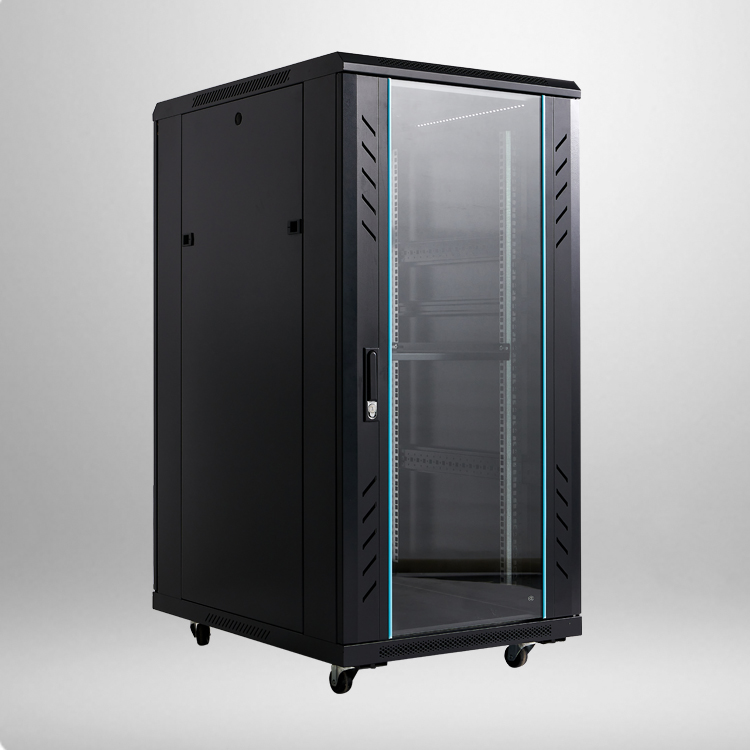
When setting up a network environment, one of the most important pieces of equipment is the network server cabinet. A network server cabinet is used to house and protect the various components of a network, including servers, switches, routers, and other network equipment. However, choosing the right cabinet can be a complex process, as there are numerous factors to consider.
One of the most important factors to consider when choosing a network server cabinet is size. The size of the cabinet should be determined by the number and size of the devices that will be housed inside. You’ll need to consider the height, width, and depth of the cabinet. In some cases, you might need to choose a cabinet that is expandable, so you can add more equipment as needed. Make sure to choose a cabinet that will comfortably accommodate all of your equipment, and leave some space for future growth.
Network equipment generates a lot of heat, so proper ventilation and cooling are critical to keeping the equipment functioning properly. When choosing a network server cabinet, make sure it has good ventilation and cooling options, such as fans or vents. Some cabinets may also have built-in temperature sensors and cooling systems, which can automatically adjust the temperature inside the cabinet to keep the equipment at safe operating temperatures. Make sure to choose a cabinet with adequate ventilation and cooling for your equipment, and consider any future growth that may require additional cooling capacity.
Another important consideration when choosing a network cabinet is cable management. Network equipment requires a lot of cables, and having cables in disarray can lead to a lot of problems, including signal interference, equipment damage, and difficulty troubleshooting. A good network server cabinet should have provisions for cable management, such as cable trays, cable ties, and even pre-installed cable management systems. Make sure to choose a cabinet that facilitates cable management, and consider the potential for future cable growth.
Finally, when choosing a network server cabinet, consider accessibility. Network equipment may need to be serviced or upgraded periodically, and having easy access to the equipment can save a lot of time and frustration. Look for cabinets with removable side panels and easy-access doors, as well as cabinets with built-in cable management systems. Make sure the cabinet is easy to move in and out of the server room or data center, and consider any regulatory guidelines or requirements that may affect accessibility.


